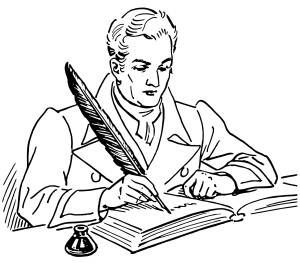 It’s tough to admit, but I’m a lapsed flyer. It’s been more than a year since I’ve taken off solo. I’ve been missing it. So, here’s my dilemma.
It’s tough to admit, but I’m a lapsed flyer. It’s been more than a year since I’ve taken off solo. I’ve been missing it. So, here’s my dilemma.
What is the best way for me to go about remedial training to regain my currency? What should I be looking from my instructor to bring me to my promised land?
Of course, I acknowledge the first order of business is to get the basic chops back. I’ll need to feel comfortable with stick-and-rudder skills, and that’s going to take time. Flying isn’t like riding a bicycle. The motor and mental skills are highly perishable, and I’ll have to revive them.
My goal is to return to flying in a meaningful way, which for me, translates to reliable transportation. I have an instrument rating, and spent much of my past flying hours on IFR flight plans, maybe in-and-out of clouds, but seldom for extended periods. Actually, like many instrument pilots, I can count the number of close-to-minimums IFR approaches I’ve flown under real-world conditions on the fingers of one hand.
I always planned my IFR flying to be mostly VFR, but I didn’t want to be forced to dodge clouds. I also didn’t want to be constrained from higher, more efficient altitudes by a narrow layer between me and the blue skies (and time-saving tailwinds). I also wanted to feel confident in my ability to fly an actual approach to minimums should the weather turn less rosy than forecast. It happened a few times, and I was never uncomfortable with flying the approaches, because I always reviewed the procedures ahead of time. In fact, on one of my unexpected ILSs to minimums, I recall confidently accepting a controller’s request for a 270-degree turn (in IMC) to the localizer so a Learjet to make a straight-in approach underneath me. With a moving map on my portable GPS, it seemed easy.
Part of my problem now is that I used to own my own airplane – a 1950s vintage V-tail Bonanza that zipped along at 150 knots. All my GPS equipment was portable, however, and the Beech had no autopilot, a pair of very restrictive limitations. Still, with XM weather on board, I was usually able to get where I was going on a reasonable schedule. I was comfortable flying the airplane despite its practical limitations.
I expect that rental or club airplanes I might wind up flying would likely be equipped with autopilots and IFR/WAAS-capable GPS, though probably not as fast as the Bonanza. So I will have to learn a new style of flying – and flight planning. I look forward to the challenge.
Part of that challenge will be to communicate with my instructor. I want to do my part in helping him or her teach me. And that means being honest about not only my goals, but also my weaknesses. Since some of those may be invisible from my side of the front row, that could be a challenge for the instructor, as well.
So as time permits (hah!), I will edge my way back into the cockpit. My ambition is to find the right airplane situation and the right training scenario to bring me up to speed. I miss being up in the sky, and there’s no time like the present to get reacquainted.
